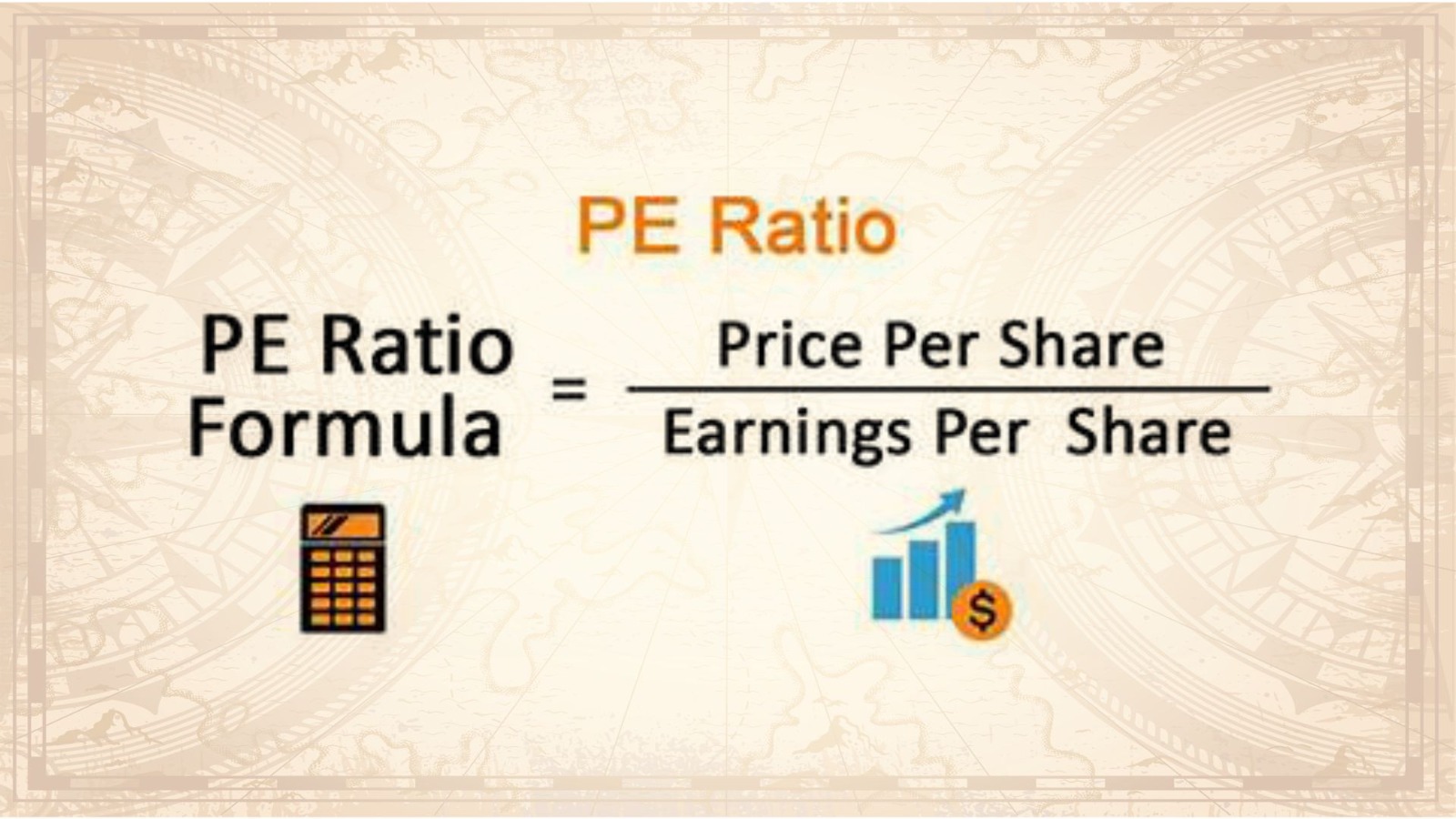In the realm of investment analysis, few metrics hold as much significance as the Price-to-Earnings (P/E) Ratio. This fundamental tool provides a window into a company’s valuation, aiding investors in making informed decisions. Let’s unravel the intricacies of the P/E Ratio and explore why it stands as a beacon for savvy investors.
Decoding the P/E Ratio
Defining the Metric:
The P/E Ratio is a financial metric calculated by dividing a company’s current stock price by its earnings per share (EPS) over the past 12 months. This ratio is a cornerstone of fundamental analysis, offering insights into how the market values a company relative to its earnings.
Formula:
P/E Ratio
=
Market Price per Share
Earnings per Share (EPS)
P/E Ratio=
Earnings per Share (EPS)
Market Price per Share
The Significance
- Valuation Benchmark:
High P/E: A high P/E Ratio may indicate that investors have high expectations for future earnings growth. It can suggest an optimistic outlook but might also mean the stock is relatively expensive.
Low P/E: Conversely, a low P/E Ratio could imply undervaluation or a more conservative market outlook. However, it might also signal concerns about the company’s growth prospects.
- Growth vs. Value Investing:
Growth Stocks: Investors seeking companies with high growth potential often gravitate towards higher P/E Ratios, as they reflect expectations for robust future earnings.
Value Stocks: Value investors, on the other hand, might favor stocks with lower P/E Ratios, indicating potential bargains and a margin of safety.
- Industry Comparisons:
P/E Ratios vary across industries due to distinct growth rates and risk profiles. It’s crucial to compare a company’s P/E Ratio to its industry peers for a meaningful assessment of its valuation.
Interpreting the P/E Ratio
- Forward vs. Trailing P/E:
Trailing P/E: Based on historical earnings, offering a retrospective view of the company’s performance.
Forward P/E: Based on future earnings estimates, providing insight into market expectations.
- Market Sentiment:
Overvaluation: A significantly high P/E Ratio might suggest overvaluation, prompting investors to assess the sustainability of the company’s growth.
Undervaluation: Conversely, a low P/E Ratio may indicate potential undervaluation, prompting further investigation into the reasons behind the market sentiment.
- Risk Considerations:
Volatility: Stocks with higher P/E Ratios can be more susceptible to market volatility, as any deviation from expected earnings growth can impact valuation.
Stability: Lower P/E Ratios might offer more stability, but investors should ensure it doesn’t signal fundamental issues within the company.
Conclusion
In the intricate dance of financial markets, the P/E Ratio emerges as a guiding light for investors, providing valuable insights into a company’s valuation. Whether deciphering growth potential, assessing market sentiment, or comparing across industries, understanding the P/E Ratio is indispensable for making well-informed investment decisions. As investors navigate the complex landscape of stocks, the P/E Ratio stands as a reliable compass, helping them unlock the secrets of stock valuation and pave the way to sound investment strategies.
